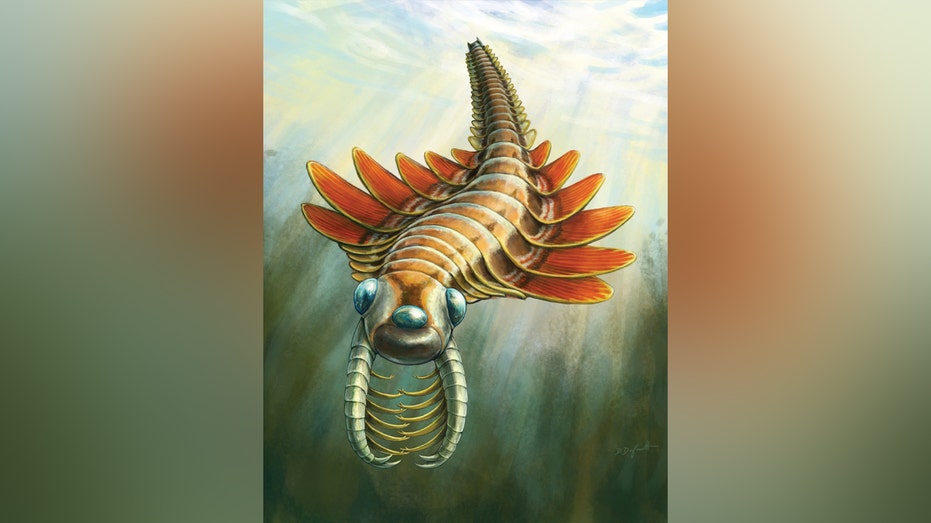- by foxnews
- 01 Jun 2025
Paleontologists discover 'moth-like' predator that lived 506 million years ago
Canadian paleontologists recently discovered Mosura fentoni, a 506-million-year-old predator resembling a moth. The discovery offers insights into extinct radiodonts' anatomy.

Paleontologists recently discovered a 506-million-year-old "moth-like" predator that lurked in prehistoric Canada.
The museum reported that most of the Mosura fossils were collected by ROM paleontologists at Raymond Quarry in Yoho National Park in British Columbia.
Most were found between 1975 and 2022.
"Mosura fentoni was about the size of your index finger and had three eyes, spiny jointed claws, a circular mouth lined with teeth and a body with swimming flaps along its sides," the museum noted.
What makes the discovery so interesting to researchers is that Mosura had an abdomen-like body region made up of multiple segments at its back end - which had not been previously observed in any radiodonts.
Joe Moysiuk, a curator of paleontology and geology at the Manitoba Museum, said Mosura had 16 of these segments, all lined with gills.
The museum reported that the species has been nicknamed the "sea-moth" by field collectors based on its moth-like attributes.
Instead of arteries and veins, Mosura's heart pumped blood into large internal body cavities called lacunae.
"We can see traces representing bundles of nerves in the eyes that would have been involved in image processing, just like in living arthropods," the expert added.
"The details are astounding."
- by foxnews
- descember 09, 2016
Beach days benefit mental health and well-being as visits provide 'sea therapy'
Discover the benefits of sea therapy as experts highlight how beach visits can boost mental well-being, reduce stress and improve sleep through mindfulness and relaxation.
read more




